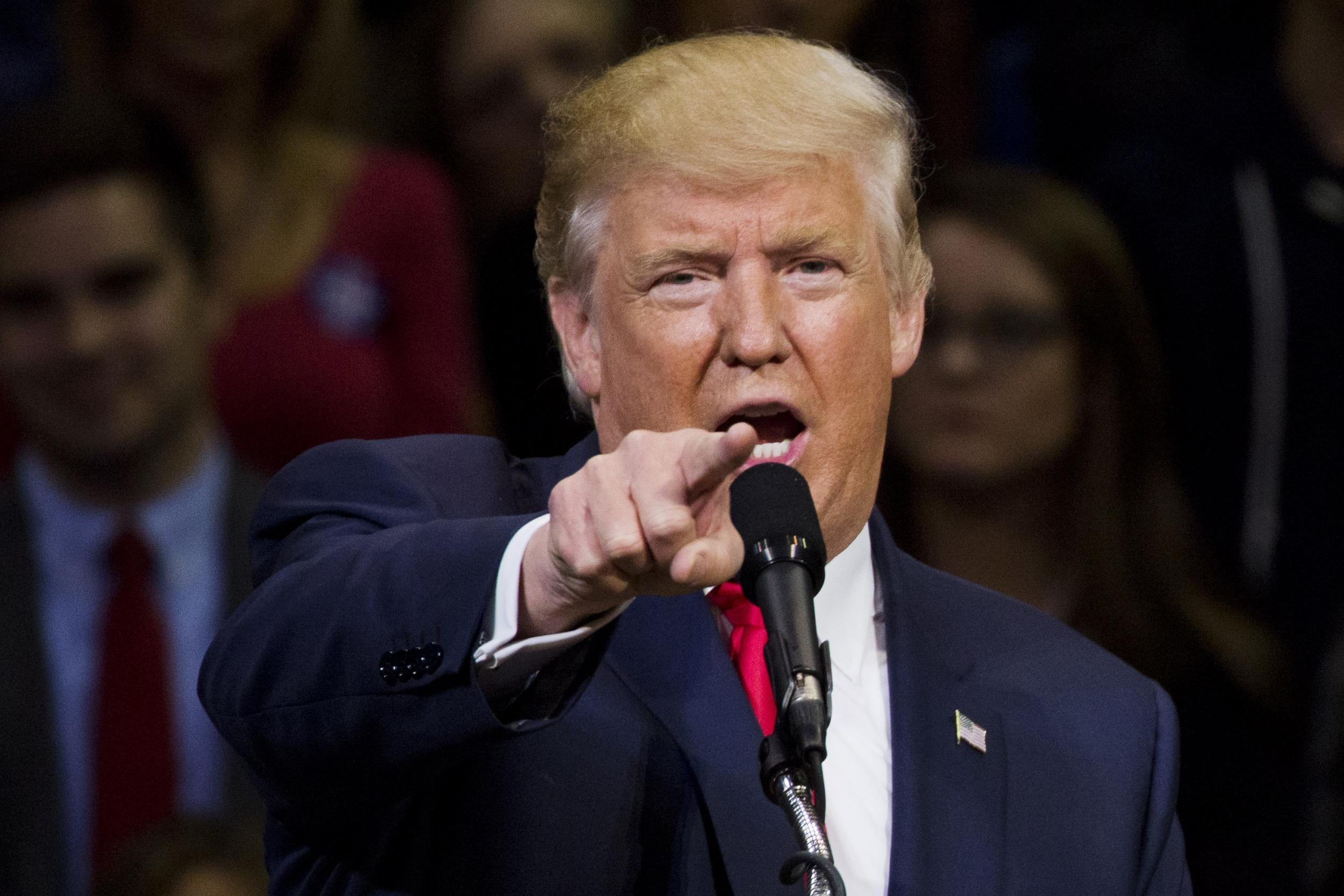What is TPP? Everything you need to know about the trade deal facing Donald Trump's axe
Dthe President-elect's decision to quit the decade long project appears to have caused a stir among Pacific rim countries such as Austrlia, Japan and New Zealand

President-elect Donald Trump announced the US will quit the Trans-Pacific Partnership (TPP) on his first day in the White House calling the 12-nation agreement, pushed by President Barack Obama, "a potential disaster for our country" on Monday.
His decision to quit the decade long project appears to have caused a stir among Pacific rim countries such as Austrlia, Japan and New Zealand that have been scrambling to save the trade pact.
New Zealand's Prime Minister, John Key, said Mr Trump's announcement was "disappointing", adding the United States “isn’t an island” and cannot "just sit there" and say "it's not going to trade with the rest of the world".
Meanwhile, Japan’s prime minister, Shinzo Abe, said: “The TPP would be meaningless without the United States”.
But what exactly is TPP and what does the US's impending exit mean?
What exactly is TPP?
The TPP is a proposed agreement among 12 Pacific Rim countries that would cut tariffs and deepens economic ties between the signatories.
The member states that signed the deal in February 2016 are the US, Japan, Malaysia, Vietnam, Singapore, Brunei, Australia, New Zealand, Canada, Mexico, Chile and Peru.
The agreement was initially designed to create an alternative to the new single market resembling that of the EU.
How big a deal is the TPP?
Pretty big. One of the big numbers thrown around at the signing of the TPP was that it would cover about 40 per cent of the world economy.
As a bi-lateral trade agreement, TTIP is about reducing the regulatory barriers to trade for big business, things like food safety law, environmental legislation, banking regulations and the sovereign powers of individual nations.
This is why the prospect of the US pulling out could be a blow for the countries that initially signed up for the deal.
Singapore's Prime Minister Lee Hsien Loong, previously warned: "If, at the end, waiting at the altar, the bride doesn't arrive, I think there are people who are going to be very hurt, not just emotionally but really damaged for a long time to come."
What are the pros of TPP?
The supporters of TPP hoped the agreement would help promote economic growth and spoke of "greater access" to goods and services.
Geo-politically, it is believed a deal would bring China's neighbours closer to the US and reduce their dependence on Chinese trade.
What do critics say?
In the US, free trade deals like the TPP have been unpopular with the working-class voters who are thought to have elevated Trump to the White House.
Bernie Sanders, former Democrat presidential hopeful, has argued that trade agreements like TPP “have ended up devastating working families and enriching large corporations”.
Anti-TPP campaigners in the US have pointed out that by making it easier to shift jobs abroad, the agreement could lead to huge job losses at home.
One of the biggest critcisims has been of what the campaigners allege were the ongoing secrecy of negotiations which have all been held behind closed doors, in which governments were said to be seeking to bring in sweeping changes without voters' knowledge.
Supporters of the deal claim this is normal procedure for all trade deals, but the secrecy hasn’t helped increase people’s trust.
During the Brexit campaign, some were criticial the deal could harm national sovereignty and move jobs overseas.
World reaction to President Trump: In pictures
Show all 29What happens next?
That is likely to be a recurring question if Mr Trump follows through on his promise to withdraw from the deal.
With the abandonment of the TPP, we are entering a period of intense competition around what, if any, economic agreement will be put in place across the Pacific and who will oversee that process.
China has already proposed its own economic agreement, a free-trade zone across South and East Asia that excludes the United States, the Regional Comprehensive Economic Partnership.
Other fellow members of the trade deal suggested they have not yet given up on TPP.
Speaking at a press conference in Buenos Aires, Mr Abe declared that renegotiating an 11-member TPP was impossible. However, he added: “At the meeting of TPP leaders, all the participating countries once again shared their determination to complete this challenge.”
Asia-Pacific leaders meeting at an economic summit in Peru over the weekend pledged to pursue free trade deals despite Mr Trump's opposition.
Subscribe to Independent Premium to bookmark this article
Want to bookmark your favourite articles and stories to read or reference later? Start your Independent Premium subscription today.

Join our commenting forum
Join thought-provoking conversations, follow other Independent readers and see their replies